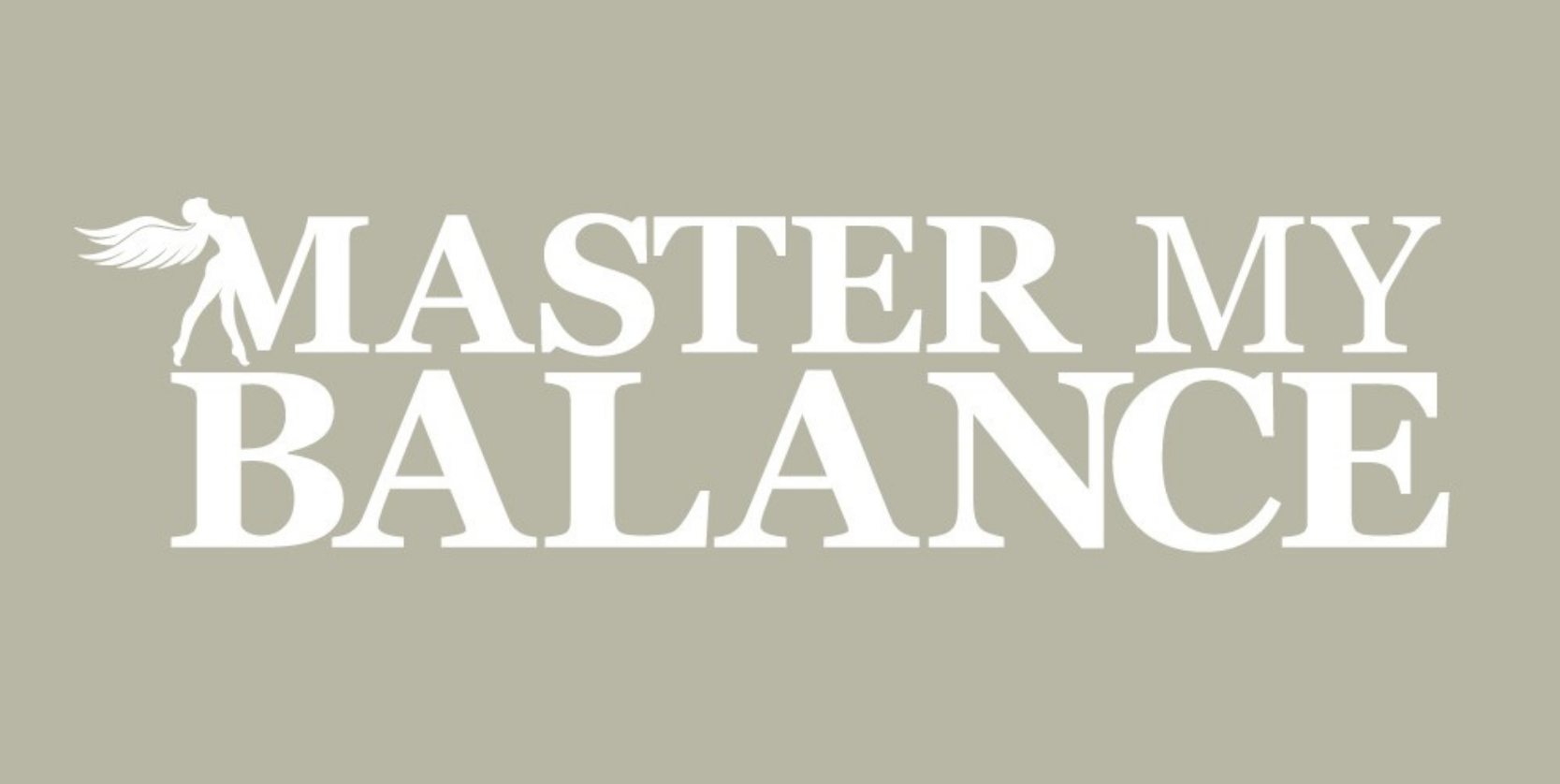In today’s world, women are achieving extraordinary success in various areas, yet a significant gender wealth gap persists. Although women have made great progress in education and entering the workforce, they still face numerous financial challenges. These financial challenges prevent women accumulating wealth and achieving financial security. In this blog post, we’ll explore the factors contributing to the gender wealth gap and provide practical financial strategies that women can implement to close this gap. These strategies can enable women to build a brighter financial future for themselves.
Understanding the Gender Wealth Gap
The gender wealth gap refers to the difference in net worth between men and women.
So what exactly is net worth?
Your net worth is your total assets minus your total liabilities. Simply put, its everything you own less everything you owe! If you own more than you owe, you have a positive net worth and vice versa. Let’s examine this further so you have a full understanding of calculating your net worth. Firstly, write down all your assets. Some common examples of assets include vehicles, property, savings, shares etc. Next write down a list of all your liabilities. Liability examples include the mortgage outstanding on your home or a car loan. When you have the totals for both your assets and liabilities, simply deduct your total liabilities from your total assets, to arrive at your net worth.
There are several reasons for the wealth gap between men and women. Some of the key reasons include the gender pay gap, caregiving responsibilities, and differences in investment behaviour. Women typically earn less than men over their lifetime due to pay inconsistencies. Women are also more likely to take time off from work for caring responsibilities. This results in lower lifetime earnings and savings. Women also tend to be more risk-averse when it comes to investing. This impacts their ability to grow their wealth over time.
Financial Strategies for Women
Despite the challenges faced, there are several financial strategies that women can adopt to close the gender wealth gap and improve their financial well-being.
Negotiate for Equal Pay: Women should campaign for fair and equal pay in the workplace. Research shows that women are less likely than men to negotiate their salaries, leading to lower earnings over time. By negotiating for equal pay in the workplace, women can increase their earning potential and narrow the gender pay gap.
Invest Early and Consistently: Investing early and consistently is key to building long-term wealth. Women should prioritize investing in retirement accounts as soon as possible, taking advantage of employer matching contributions and tax benefits. By starting early and contributing regularly, women can harness the power of compound interest and grow their wealth over time.
Seek Financial Education and Advice: Knowledge is power when it comes to financial planning. Women should educate themselves about personal finance topics such as budgeting, saving, investing, and retirement planning. Additionally, seeking guidance from financial advisors or mentors can provide valuable insights and support in navigating complex financial decisions. In addition to financial literacy, women should proactively seek out information about policies and programs that can help improve their financial status. This includes supports available for low income families, such as the working family payment (WFP). Tax credits and allowances are often overlooked, and results in many missing out on tax rebates.
Childcare is another cost which impacts many women’s disposable income. For that reason, it is important to get an understanding on the various childcare subsidies available. These subsidies can significantly reduce large childcare costs, thereby enabling a woman to increase her disposable income.
Now that she has more disposable income, the woman has the chance to save and invest!
Plan for Career Interruptions: Women should proactively plan for career interruptions. Interruptions can occur for many reasons, with maternity leave and caregiving duties being the primary ones acknowledged by women. Women need to have the confidence to explore their options when career interruptions occur. Whether that’s reducing their working hours or taking some time out from the workforce, it is important to learn about all options available. Parental leave is one option that I’ve personally availed of in the past. Although I was taking a reduction in salary for the time I was on parental leave, I was still entitled to other benefits as normal. Such as my full annual leave entitlement. You can find out more on parental leave here.
Flexible work arrangements can help women maintain financial stability during times of transition. However, it is also important to ensure sufficient savings have been accumulated in an emergency fund to cover unexpected expenses which may arise. Particularly if they are entering a period where their income will be reduced for a set period.
A final note….
So much work is needed to close the gender gap, but it is important to start by empowering women to take control of their financial futures. By implementing these financial strategies and advocating for gender equality in the workplace, women can overcome barriers to wealth accumulation and achieve greater financial security and independence.
Closing the gender wealth gap requires an all-round approach that addresses systemic inequalities. We need to work towards a more equitable and inclusive financial system where every woman can thrive.



Recent Comments